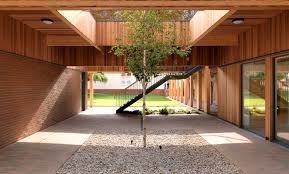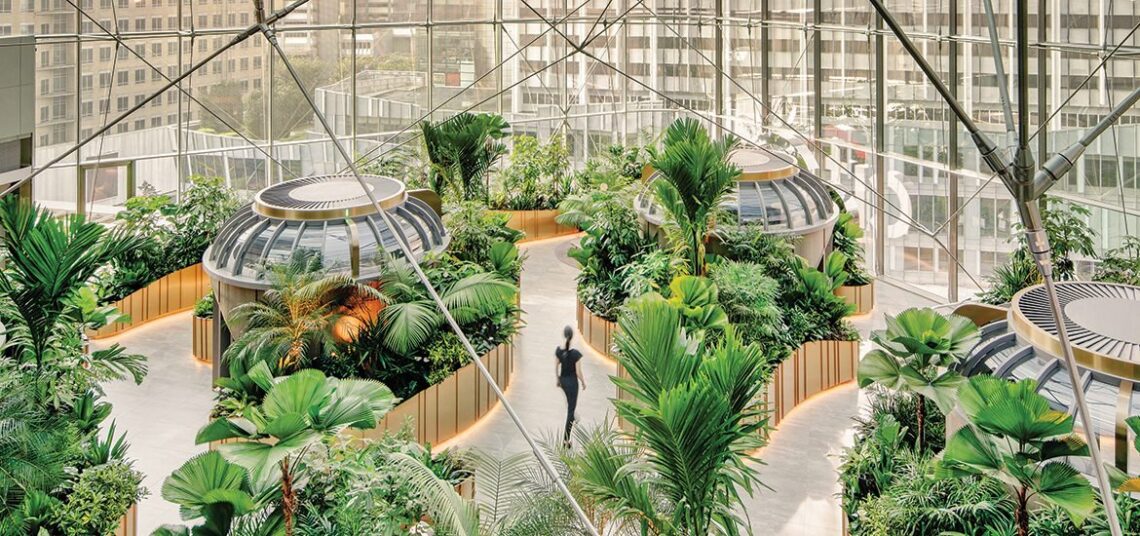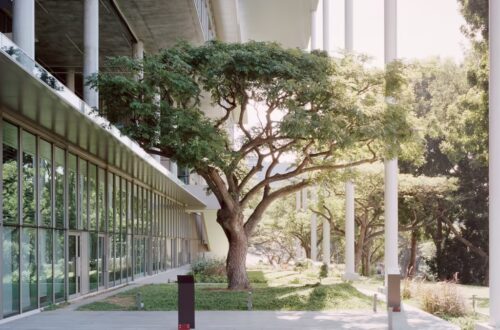-
Wood-integrated Architecture: Inventive Uses, Designs and the Future
Wood comes across as one of the most primal building materials used by humans and has been an integral part of architectural design for centuries. In recent years, wood has seen a revival in popularity, driven by technological advancements and an increasing focus on sustainability. This blog will explore the innovative uses and contemporary designs of wood in architecture, highlighting how architects are redefining traditional applications and crafting breathtaking structures that seamlessly merge nature with innovation. Role of Wood in Net-zero Energy Buildings Research consistently highlights the significant benefits that wood offers in reducing the carbon footprints of buildings, making it an ideal material for net-zero energy construction. Unlike traditional…
-
The Rise of Biophilic Design: How It Is Reshaping Urban Architecture
In short terms, biophilic design is defined as an approach to architecture that seeks to connect building occupants more closely with nature. The concept of biophilic stems from the Greek word, biophilia: ‘bio’ meaning ‘life’ and ‘philia’ meaning the ‘love of’. Strictly, it literally means the love of life or living things, which is the guiding principle behind biophilic design. By integrating nature into our architecture, it enhances our connection with the natural world and contributes to the health and well-being of the occupants. In this article, you will discover the rise of biophilic design, its benefits, embracing elements and how it is reshaping our society. The Origins & Rise…







